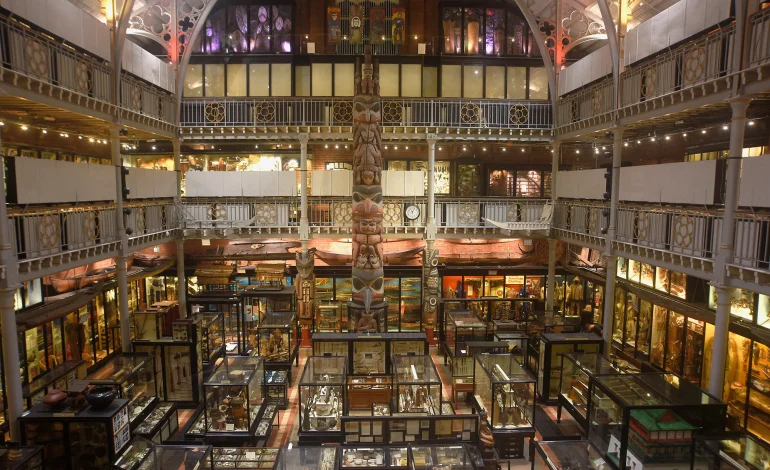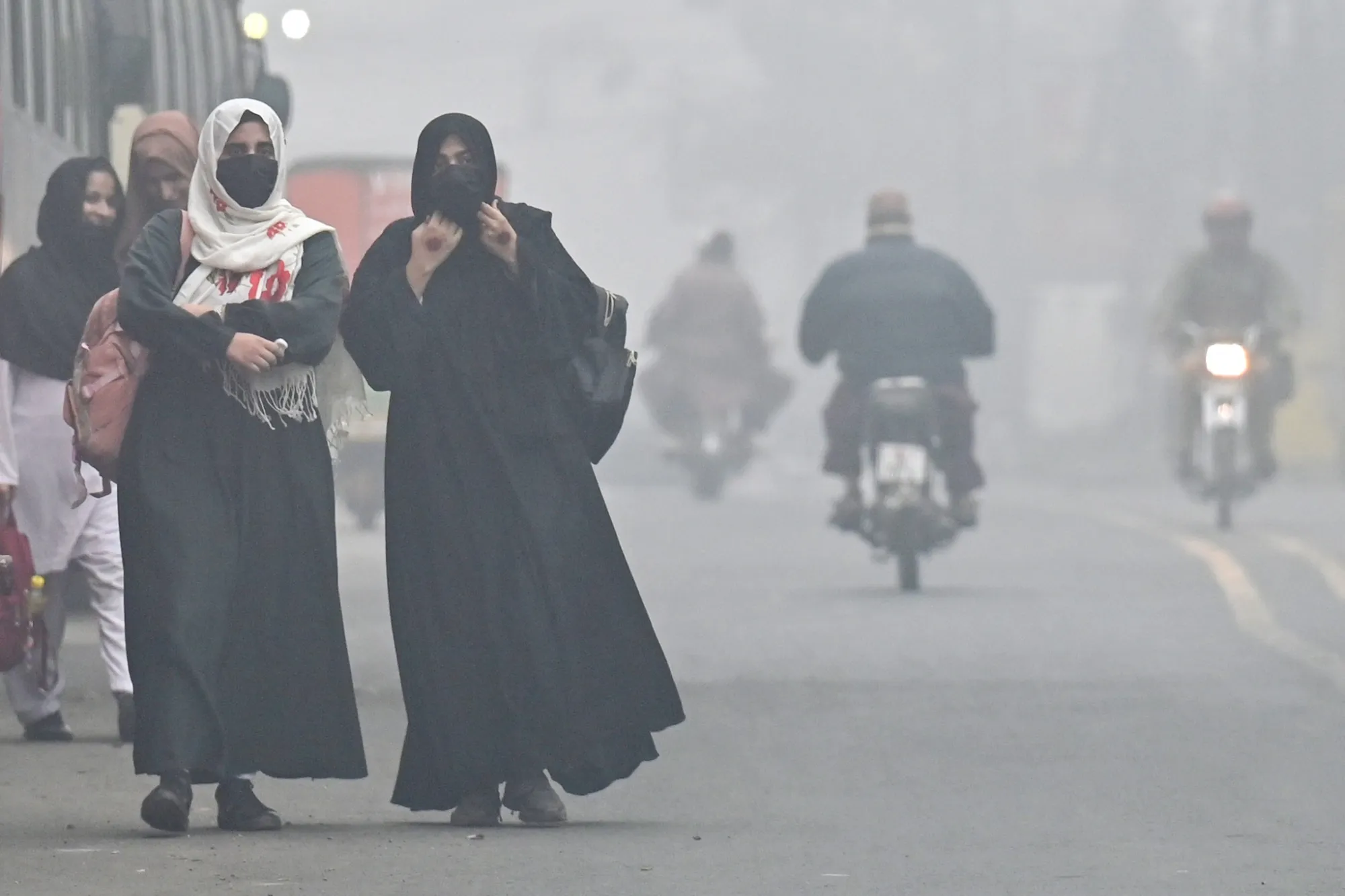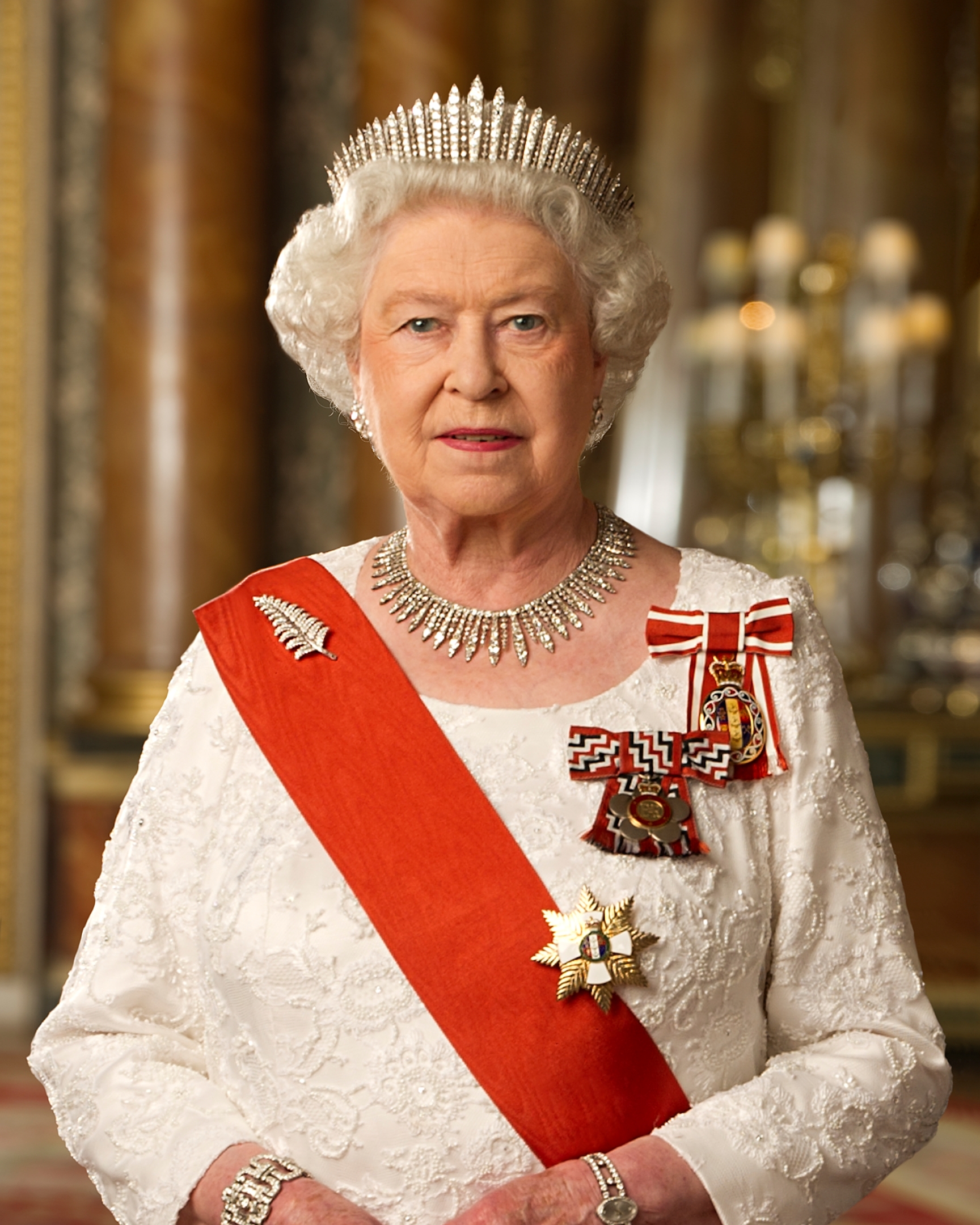Auction House Pulls Human Remains From Sale After Outcry

An English auction house has withdrawn a collection of human remains, including shrunken heads and ancestral skulls, from an upcoming sale following widespread criticism, CNN reports.
The Swan auction house in Tetsworth, Oxfordshire, removed more than two dozen lots from its “Curious Collector Sale” after facing backlash from indigenous communities and human rights advocates.
Among the withdrawn items was an 18th-century Tsantsa shrunken head, previously owned by Hugh Hefner, the founder of Playboy magazine. The head was expected to fetch between £20,000-£25,000 ($26,000-$33,000) at auction. Other items pulled from the sale include an ancestral skull from the Solomon Islands, another from the Fon tribe in Benin, and a double ancestor skull from Congo.
The planned sale of a 19th-century horned Naga human skull sparked particular outrage. Neiphiu Rio, Chief Minister of the Indian state of Nagaland, wrote to India’s External Affairs Minister, S. Jaishankar, demanding intervention to halt the auction.
Rio cited concerns raised by the Forum for Naga Reconciliation (FNR), a group working to reconcile different Naga political factions, some of which have engaged in armed struggle for independence from India.
The Swan auction house’s decision to withdraw the human remains follows a similar move by the American Museum of Natural History in New York City. In September 2020, the museum removed a collection of shrunken heads from its collection as part of its ongoing “decolonization process.”
This process involved a three-year review of displays and programming, ultimately leading to the removal of 120 objects containing human remains and 71 non-biological objects from view. The museum cited a desire to “deeply engage with its colonial legacy” as motivation for the changes.








